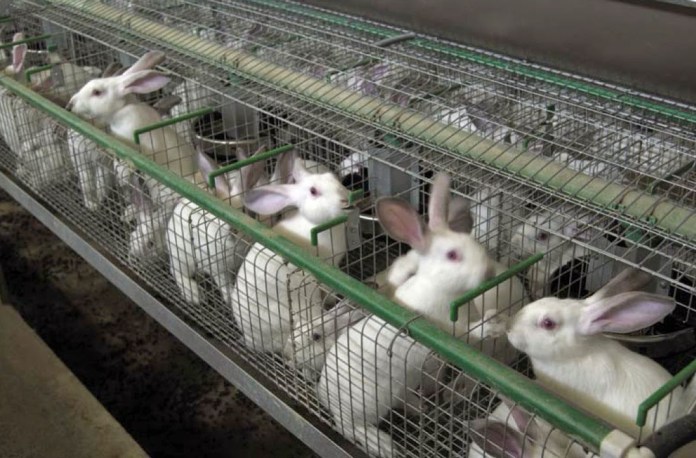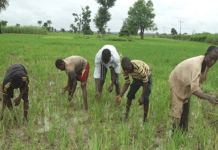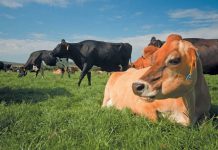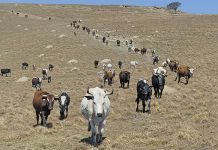For better breeding of rabbits, you need knowledge on good practices that enhance productivity of your flock. Rabbits do not have a regular heat cycle (oestrous), but can be bred any time.
Conceptions are highest during cool months and lowest during the hot and humid months. When kept in good condition, does can be bred four to five times a year.
To produce four litters per year, the doe should be bred immediately after her young ones are weaned at eight weeks. For five litters per year, then it is required that the doe is bred six weeks after kindling.
With proper care and sound feeding, the productive life of a doe is about three years. It is important to know that breeding schedules are really determined by the individual doe. Although it is possible for a doe to produce five litters per year, the practice is not recommended.
Overweight does should be bred when the litter is four to five weeks old. Heavy milking does (poorer condition) should not be bred, even a week after the litter has been weaned. If a litter is lost at birth and the doe is healthy, she can be re-bred in three or four days.
BREEDING TECHNIQUE
Take the doe to the buck’s hutch for breeding since most bucks are slow in mating in a strange surrounding.
Does have been known to attack and injure bucks placed in their hutch. If the doe refuses to accept service from the buck within a few minutes, remove and then return her to the buck later.
It is advisable to mate the pair, then remove the doe and after five hours re-mate them. Because of the possibility of false pregnancy, all does are re-bred again on the 18th day. Should the doe run about the cage, simply place your hand on her face to prevent her from running.
When the buck serves a doe properly, it usually falls over onto his side or back. Since the doe will not release the eggs to be fertilised until she has been stimulated properly at mating, it is recommended that she be mated twice to ensure adequate stimulation. This is why it is suggested to re-breed her five hours after the first mating.
AGE TO BREED
Small rabbit breeds like English Angora, Polish and Dutch normally mature at four months. Medium breeds like New Zealand White, California White and Chinchilla mature at four to seven months while heavy breeds such as Flemish Giant matures at nine to 12 months.
It is advisable to restrict young bucks to serve two does per month. For the case of small breeds, use them just like the adult bucks when they are above six months old. For medium breeds, they should be used as adult bucks when they are over nine months while heavy breeds when they are over a year.
BREEDING BUCKS
If the breeding bucks are in top condition, then you will realise the full benefit of their breeding value. A strong, vigorous mature buck can be used two to three times a week for up to four weeks.
Using it to breed regularly for more than four weeks can ruin its quality as a reliable breeder.
A buck’s physical condition will influence the health and strength of his offspring. Bucks in poor condition, too fat or overused for breeding may either go sterile or sire small litters.
BREEDING DOES
It is advisable to mate does when they are coming into maturity because if delayed for too long, they may experience some difficulties.
Proper handling and providing of comfortable hutch and nest box to the breeding doe is key to a successful breeding programme. Breed young does of small and medium breeds at six months and giant breeds at eight or nine months old. Growth and physical development of the individual doe should be the final deciding factor when to breed.
Many breeding failures are due to does being obese. Overweight does are usually lazy breeders and are reluctant to accept service from the buck. Feeding should be aimed at maintaining the does in good body condition.





